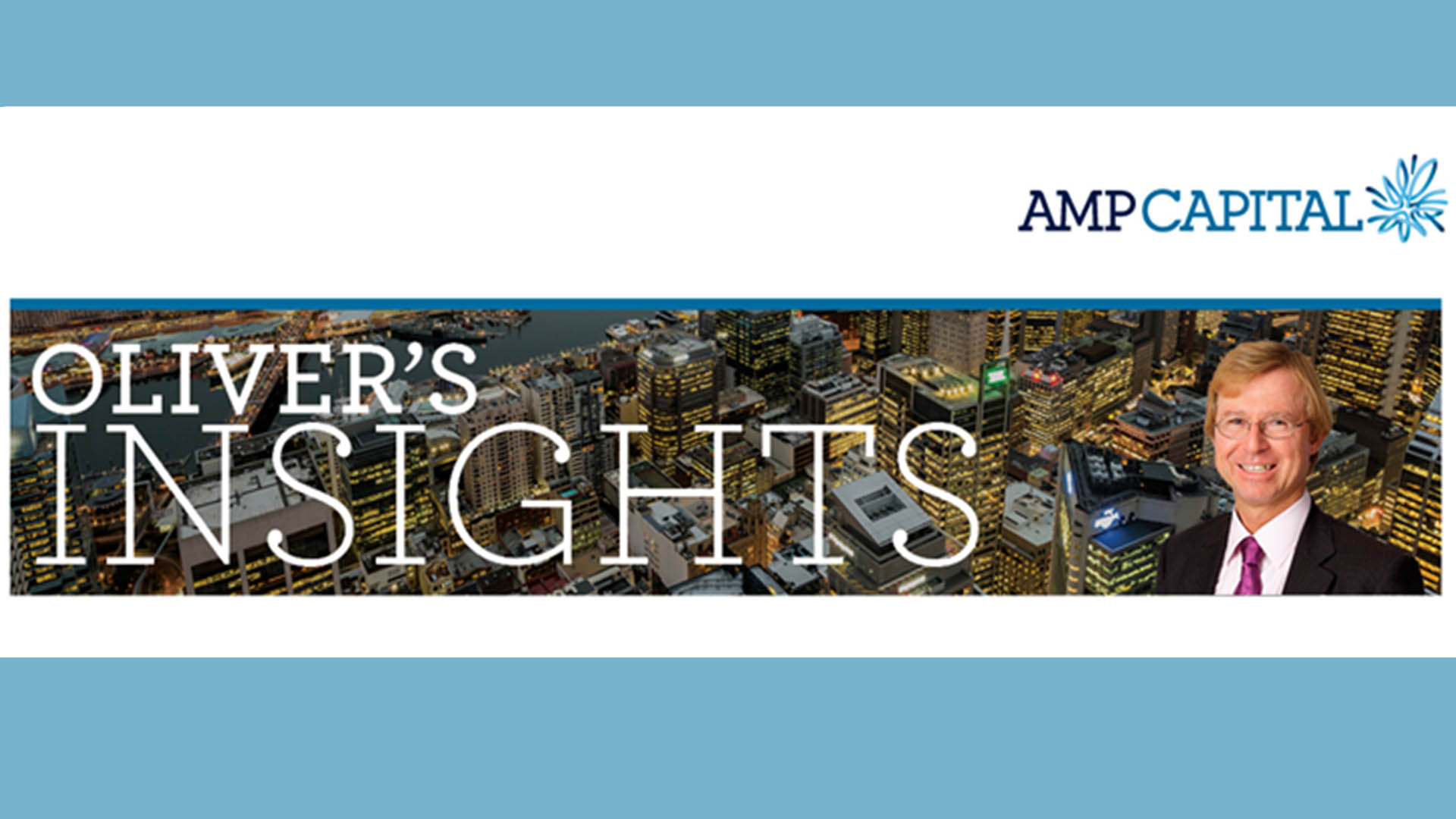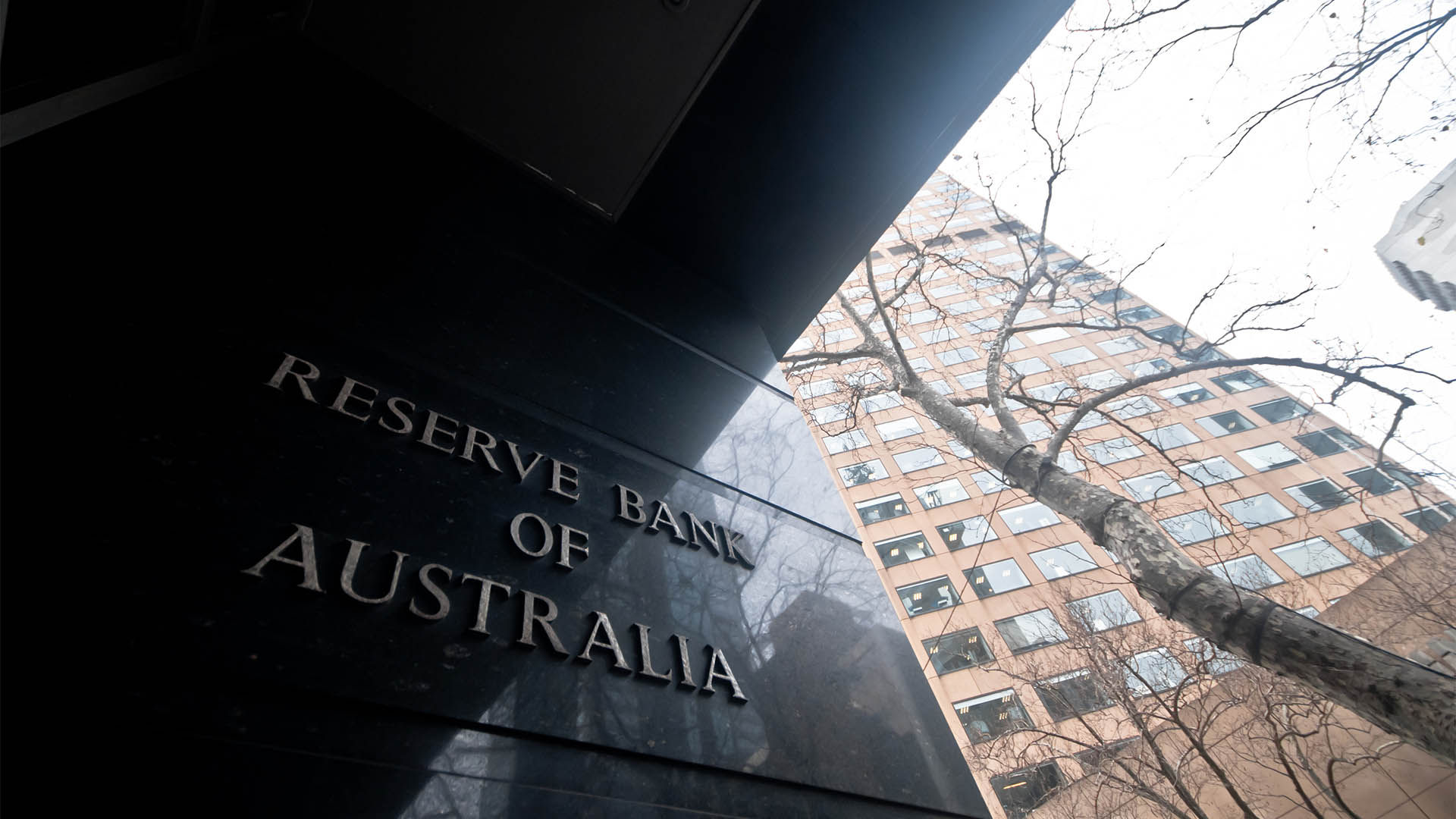No rate cut from the Reserve Bank, but there was an admission that we face more than two more years of ultra-low interest rates, and possibly a third because the central bank has downgraded its inflation outlook again.
And of course, that means low or no wage growth for millions of Australians.
In yesterday’s post-meeting statement, Governor Philip Lowe said “The recent inflation data were broadly as expected, with headline inflation at 1.7 percent over the year to the September quarter. The central scenario remains for inflation to pick up, but to do so only gradually. In both headline and underlying terms, inflation is expected to be close to 2 percent in 2020 and 2021.”
This will be the new inflation forecast in the 4th and final Statement on monetary policy for 2019 to be released on Friday. Contrast this forecast with the previous one in Governor Lowe’s statement after the August board meeting (the 3rd SMP of the year was released in early August) when he said:
“The central scenario remains for inflation to increase gradually, but it is likely to take longer than earlier expected for inflation to return to 2 percent. In both headline and underlying terms, inflation is expected to be a little under 2 percent over 2020 and a little above 2 percent over 2021.”
So now inflation will not be back at the bottom of the 2% range for at least two more years and certainly longer (unless there is an inflation-busting global event in the meantime). And since inflation has been under the RBA target for the past four years, we could see it remain so for up to seven years or more in total.
Seeing the RBA’s inflation target is 2% to 3% over time, the bank is saying that it will not be at that level for another two years at least. it’s no wonder the statement (like previous statements and speeches about the economy this year) have included the comment:
“Given global developments and the evidence of the spare capacity in the Australian economy, it is reasonable to expect that an extended period of low-interest rates will be required in Australia to reach full employment and achieve the inflation target.”
With the cash rate at 0.75%, the RBA has two more cuts to make – next February looms as the next possible date, although the December 3 meeting could see a cut if the RBA wants to send us away for the long summer break with an extra inducement to spending this year.
But seeing three rate cuts this year and the tax refund has failed to produce a bounce in consumer spending – retail sales have hardly moved and are down in volume terms over the year to September while car, sales have fallen for 18 months in a row – it is doubtful that a 4th rate cut for the year would have any impact at all.
But the real message from the statement and the new forecasts is that if the RBA sees weaker inflation for the next two years at least, it is also seeing more weak growth in household incomes and especially wages.
“Wages growth remains subdued and is expected to remain at around its current rate for some time yet. A further gradual lift in wages growth would be a welcome development and is needed for inflation to be sustainably within the 2–3 percent target range,” Governor Lowe’s statement again pointed out yesterday.
For retailers and other businesses involved in the domestic economy it will be two more years at least of weak revenue growth and indifferent earnings – for all the mad headlines on house price growth which do not generate jobs or wage rises and do not contribute anything but to the bottom lines of News Corp (REA Group) and Nine Entertainment (Domain), parts of the real estate industry and state government coffers through higher stamp duty revenues.
In a note yesterday afternoon the AMP’s Chief Economist, Shane Oliver wrote:
“…we remain of the view that further RBA monetary easing will be required and is likely. Growth is still likely to remain subdued and below trend for longer than the RBA is allowing. This will keep unemployment higher for longer and wages growth and inflation below target for longer.
“Consequently, more easing will be required to achieve full employment and clear progress to the inflation target. What’s more inflation has been running below target for more than four years now and the longer this is allowed to persist the more the inflation target will lose credibility and won’t be the “strong nominal anchor that people can rely on when making their decisions” that Governor Lowe has stated the Board is seeking to provide.
“Ideally more fiscal stimulus is required (such as a bring forward of the stage 2 tax cuts, a boost to Newstart, inducements to large companies to investment more and increased infrastructure spending where possible) as this would give a bigger bang for the buck and could be more fairly targeted.
“But in the absence of more fiscal stimulus, pressure remains on the RBA for further easing. We continue to see the cash rate being cut to a low of 0.25% in December and February but this could also come with quantitative easing measures designed to lower bank funding costs and increase the banks’ pass through of rate cuts to borrowers,” Dr Oliver wrote yesterday.













